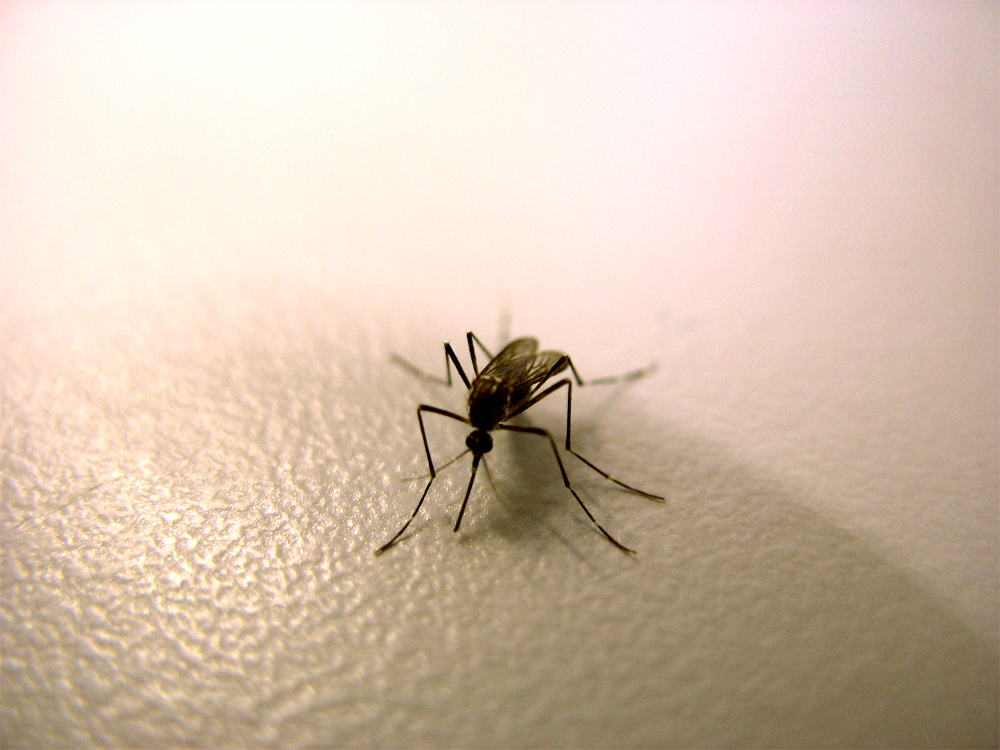
THURSDAY, June 26, 2014 (HealthDay News) — Good news for needle-phobic kids everywhere: U.S. health experts say giving children ages 2 to 8 the flu vaccine via a nasal spray offers better protection than the traditional shot.
According to a decision from the Advisory Committee on Immunization (ACIP) — the U.S. Centers for Disease Control and Prevention’s vaccine advisory panel — young children who get the seasonal influenza vaccine with a nasal spritz are about half as likely to develop the illness compared to those getting the traditional flu shot.
“I agree with the panel’s recommendation,” said one expert in infectious disease, Dr. Marc Siegel, an associate professor of medicine at NYU Langone Medical Center in New York City. “Kids don’t like shots, so the spray is a perfect alternative.”
The ACIP recommendation, handed down late Wednesday, was based on a review of available studies.
Dr. Gloria Riefkohl, a pediatrician at Miami Children’s Hospital, noted that ACIP “is following steps that have already occurred in Europe.”
The nasal flu vaccine has been available since 2003, she added. “In our practice, we recommend the nasal vaccine for all healthy children up to 21,” Riefkohl said.
The nasal vaccine in question is FluMist, made by AstraZeneca. According to the Associated Press, it’s currently the only nasal flu vaccine on the market and was first licensed in 2003. FluMist is currently approved for use by people ages 2 to 49, but the new ACIP recommendation is restricted to children ages 2 to 8.
According to the AP, studies have shown that FluMist may confer a better immune response in kids, but that benefit has not been seen in adults.
Not everyone may opt for the nasal vaccine, however. Riefkohl said that since the vaccine is fairly new, many parents are reluctant to give it a try and prefer their kids get the traditional shot.
She added that this new recommendation should not be seen as saying that the spray is now the only way kids should be vaccinated. The flu vaccine given by needle still offers children good protection, she said.
Since the spray vaccine hasn’t been used as much as the injection, its real benefit hasn’t yet been seen, Riefkohl believes. “Now that the use of the spray will increase, we can see how well it works,” she said.
Money factors into the decision as well: While FluMist costs about $23 a dose, traditional needle-delivered flu shots can be as cheap as $8, the AP noted.
Riefkohl agreed that the spray vaccine is more expensive than the shot, but she said it is often covered by insurance, including the federal Vaccines for Children Program.
For the greatest protection, the CDC recommends that children get two doses of the nasal spray.
Instead of using a killed virus, as is used in flu shots, FluMist is made from a live but weakened flu virus, according to the CDC. Siegel noted that live vaccines are usually more effective than killed ones. “Live virus gives a better immunity,” he said.
“However, some kids can’t take the mist, namely those with compromised immune systems and kids with asthma, who could have a respiratory response,” he said. “So when in doubt, get the shot.”
According to the AP, an AstraZeneca representative said that the company is making more doses of FluMist for the upcoming flu season — 18 million compared to 13 million last year.
The CDC panel recommended that if the nasal vaccine is not immediately available, then children should be given a flu shot. The CDC currently recommends that everyone 6 months and older get the flu vaccine annually.
The panel’s recommendation must be approved by the CDC director, Dr. Tom Frieden, before it becomes a recommendation of the agency.
More information
For more information on flu, visit the American Lung Association.
Copyright © 2025 HealthDay. All rights reserved.

